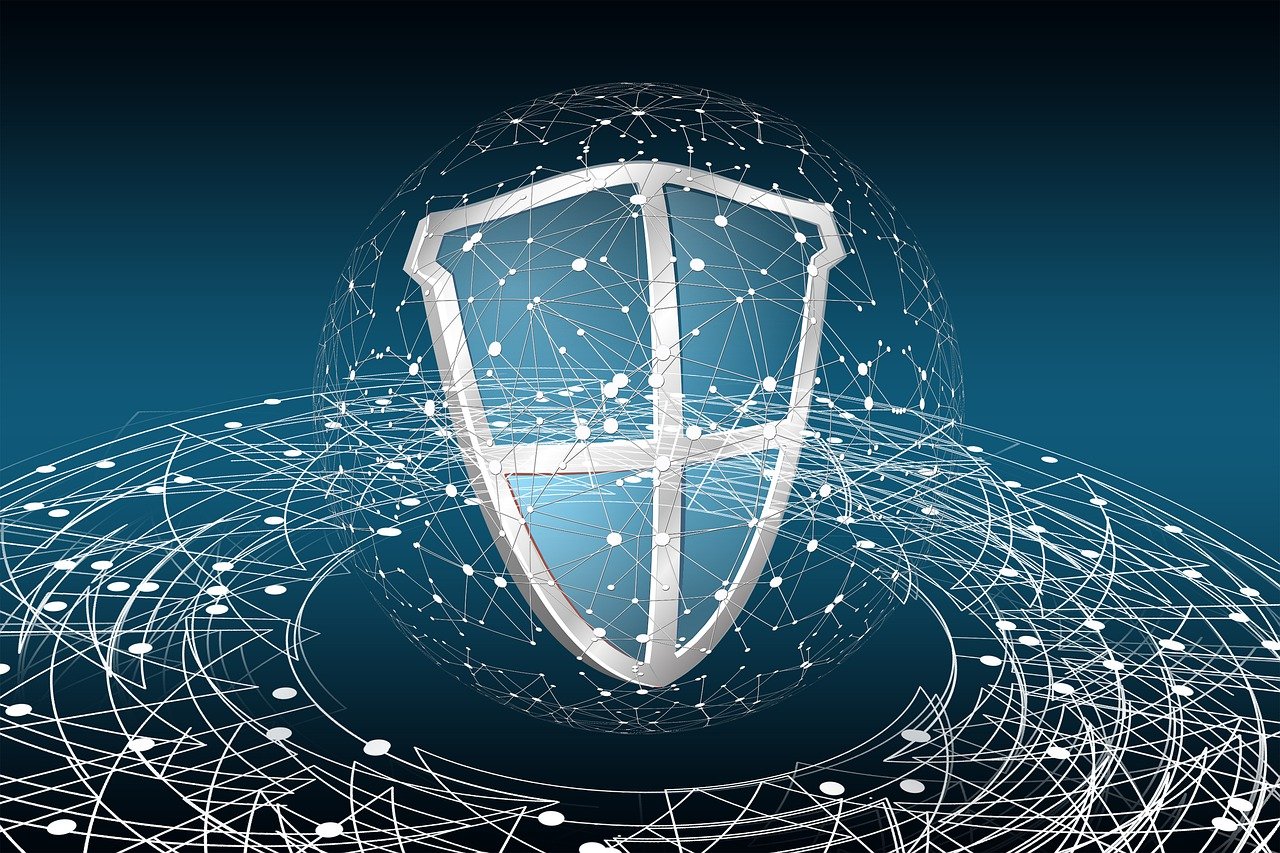Where businesses rely heavily on cloud infrastructure, ensuring robust security measures is paramount. Cloud security services have emerged as the guardians of this digital horizon, offering protection against evolving cyber threats. This comprehensive guide navigates through the significance, key components, and transformative impact of cloud security services in safeguarding the integrity and confidentiality of data.
Unveiling the Essence of Cloud Security Services
Definition and Purpose
Cloud security services encompass a suite of technologies, policies, and controls designed to protect data, applications, and infrastructure hosted on cloud platforms. The primary purpose is to mitigate the risks associated with cloud computing, ensuring the confidentiality, integrity, and availability of sensitive information. Cloud security services act as a shield against a myriad of cyber threats, ranging from unauthorized access to data breaches.
The Evolution of Cloud Security
As the adoption of cloud computing has surged, so too has the evolution of cloud security. Initially perceived as a potential obstacle to security, cloud services have matured, and security measures have evolved to address the unique challenges posed by the cloud environment. Today, cloud security is integral to the success and sustainability of businesses operating in the digital realm.
Key Components of Cloud Security Services
Identity and Access Management (IAM)
IAM is a foundational component of cloud security services. It involves defining and managing user roles and permissions, ensuring that only authorized individuals have access to specific resources. IAM is crucial for preventing unauthorized access and maintaining strict control over sensitive data.
Encryption and Data Protection
Encryption plays a pivotal role in cloud security, safeguarding data both in transit and at rest. Cloud security services employ encryption algorithms to encode information, making it unreadable to unauthorized entities. This ensures that even if data is intercepted, it remains secure and confidential.
Network Security
Securing the network infrastructure is imperative in the cloud environment. Cloud security services implement firewalls, intrusion detection and prevention systems, and virtual private networks (VPNs) to protect against unauthorized access, malware, and other network-based threats.
Security Incident and Event Management (SIEM)
SIEM tools are essential for proactive threat detection and response. Cloud security services use SIEM to monitor and analyze events across the cloud environment, identifying potential security incidents. This real-time monitoring enables swift responses to mitigate the impact of cyber threats.
Transformative Impact of Cloud Security Services
Enhanced Cyber Resilience
Cloud security services contribute to enhanced cyber resilience by fortifying defenses against cyber threats. The continuous monitoring, threat detection, and incident response capabilities ensure that businesses can withstand and recover from potential security breaches with minimal disruption.
Compliance and Regulatory Adherence
As data privacy regulations become more stringent, cloud security services aid businesses in maintaining compliance. Adhering to regulatory requirements is not only a legal necessity but also crucial for building trust with customers who entrust their data to cloud-based services.
Scalable Security Solutions
One of the transformative aspects of cloud security services is scalability. Businesses can dynamically adjust their security measures based on their needs, whether scaling up during periods of increased activity or streamlining during quieter periods. This scalability ensures cost-effectiveness and flexibility.
Challenges and Considerations in Cloud Security Services
Shared Responsibility Model
The shared responsibility model is a unique challenge in cloud security. While cloud service providers manage the security of the cloud infrastructure, businesses are responsible for securing their data and applications within the cloud. Understanding and implementing this shared responsibility is crucial for comprehensive security.
Insider Threats
Insider threats, whether intentional or unintentional, pose a significant challenge. Cloud security services need to address the risk of unauthorized access by individuals within the organization. Implementing strict IAM policies and monitoring user activities are essential measures.
Evolving Cyber Threat Landscape
The cyber threat landscape is ever-evolving, requiring cloud security services to stay ahead of emerging risks. Continuous updates, threat intelligence integration, and proactive measures are essential to safeguard against new and sophisticated cyber threats.
Real-world Examples of Successful Cloud Security Implementation
Microsoft Azure Security Center
Microsoft Azure Security Center exemplifies successful cloud security implementation. It provides advanced threat protection across hybrid cloud workloads, utilizing AI-driven analytics to detect and respond to potential security threats. Azure Security Center empowers businesses with actionable insights for improving their overall security posture.
Amazon Web Services (AWS) Identity and Access Management
AWS Identity and Access Management (IAM) is a robust example of effective identity and access management in the cloud. It allows businesses to manage user access, permissions, and roles, ensuring a secure and compliant cloud environment. IAM is integral to AWS’s commitment to shared responsibility in cloud security.
Future Trends in Cloud Security Services
Zero Trust Security Models
The adoption of zero trust security models is gaining traction. In a zero trust framework, no entity, whether inside or outside the organization, is trusted by default. Authentication and authorization occur continuously, providing a more dynamic and adaptive approach to cloud security.
Cloud-native Security
With the rise of cloud-native architectures, cloud security services are shifting towards solutions designed specifically for cloud environments. This approach ensures that security measures align seamlessly with the dynamics and requirements of cloud-based infrastructure.
Conclusion
In conclusion, cloud security services play a pivotal role in the ever-expanding digital landscape. By understanding the key components, recognizing the transformative impact, and addressing challenges while embracing future trends, businesses can navigate the cloud securely, safeguarding their assets and maintaining the trust of their stakeholders.
FAQs
Why is Identity and Access Management (IAM) crucial in cloud security services?
IAM is crucial in cloud security services as it involves defining and managing user roles and permissions, ensuring that only authorized individuals have access to specific resources. IAM is essential for preventing unauthorized access and maintaining strict control over sensitive data.
How does encryption contribute to cloud security?
Encryption in cloud security services plays a pivotal role by safeguarding data both in transit and at rest. Encryption algorithms encode information, making it unreadable to unauthorized entities. This ensures that even if data is intercepted, it remains secure and confidential.
What is the shared responsibility model in cloud security, and why is it a challenge?
The shared responsibility model in cloud security means that while cloud service providers manage the security of the cloud infrastructure, businesses are responsible for securing their data and applications within the cloud. This shared responsibility can be a challenge as businesses need to understand and implement their part of the security measures.
How do cloud security services address insider threats?
Cloud security services address insider threats by implementing strict IAM policies and monitoring user activities. These measures help prevent unauthorized access by individuals within the organization, mitigating the risk of insider threats.
What are some future trends in cloud computing security?
Future trends in cloud computing security include the adoption of zero trust security models, where no entity is trusted by default, and continuous authentication and authorization occur. Additionally, cloud-native security solutions designed specifically for cloud environments are becoming more prevalent to align seamlessly with the dynamics of cloud-based infrastructure.









